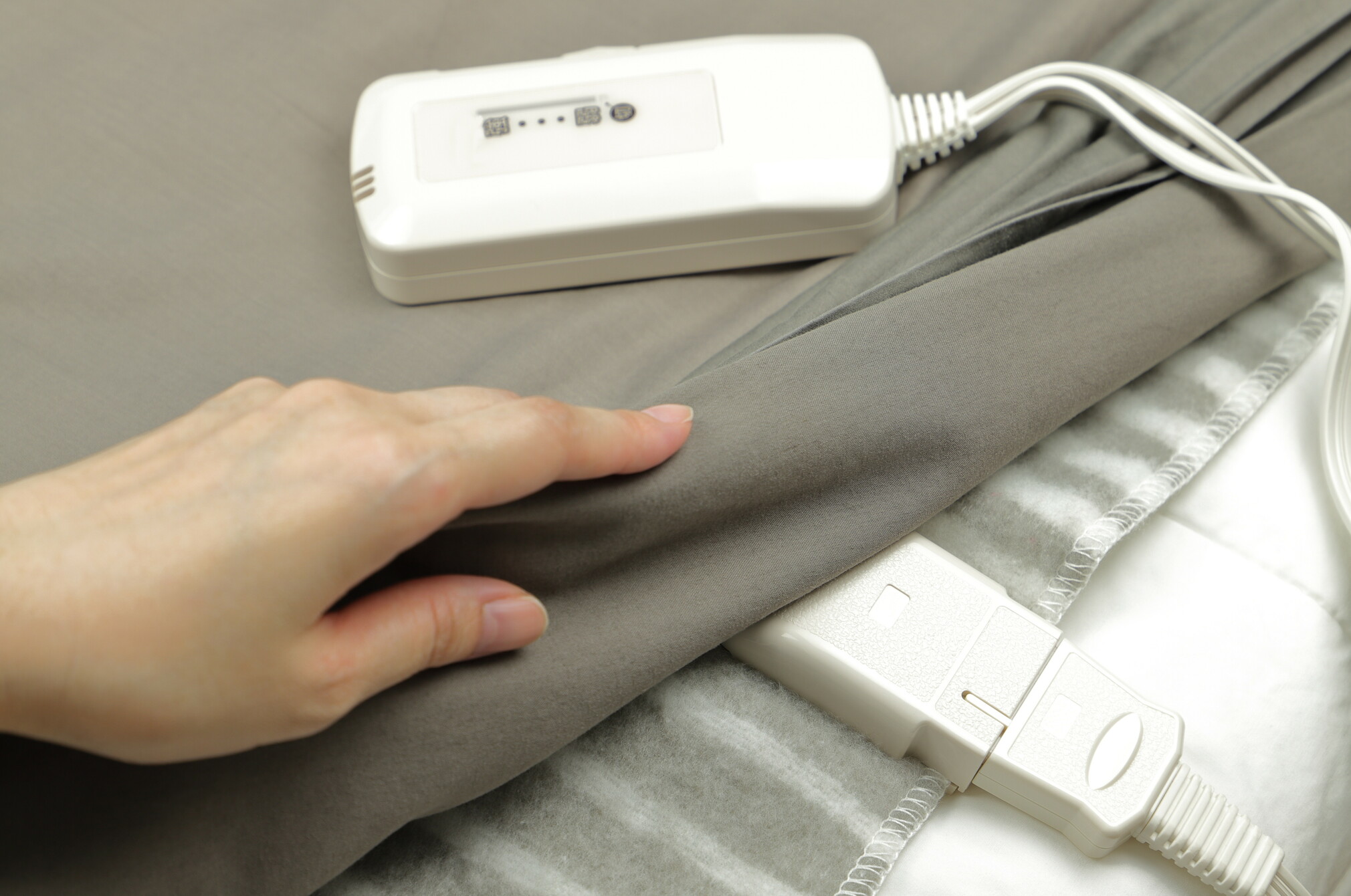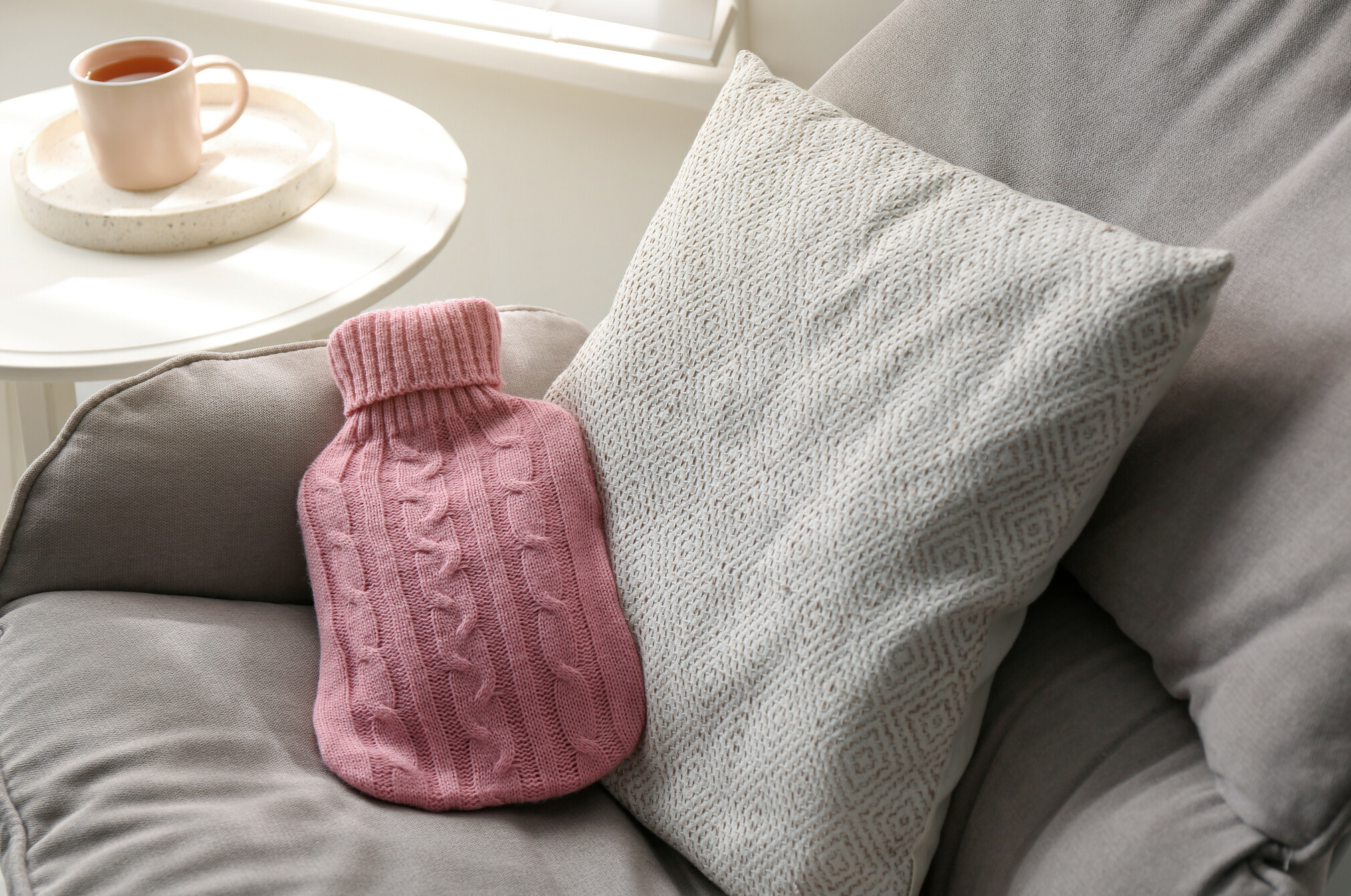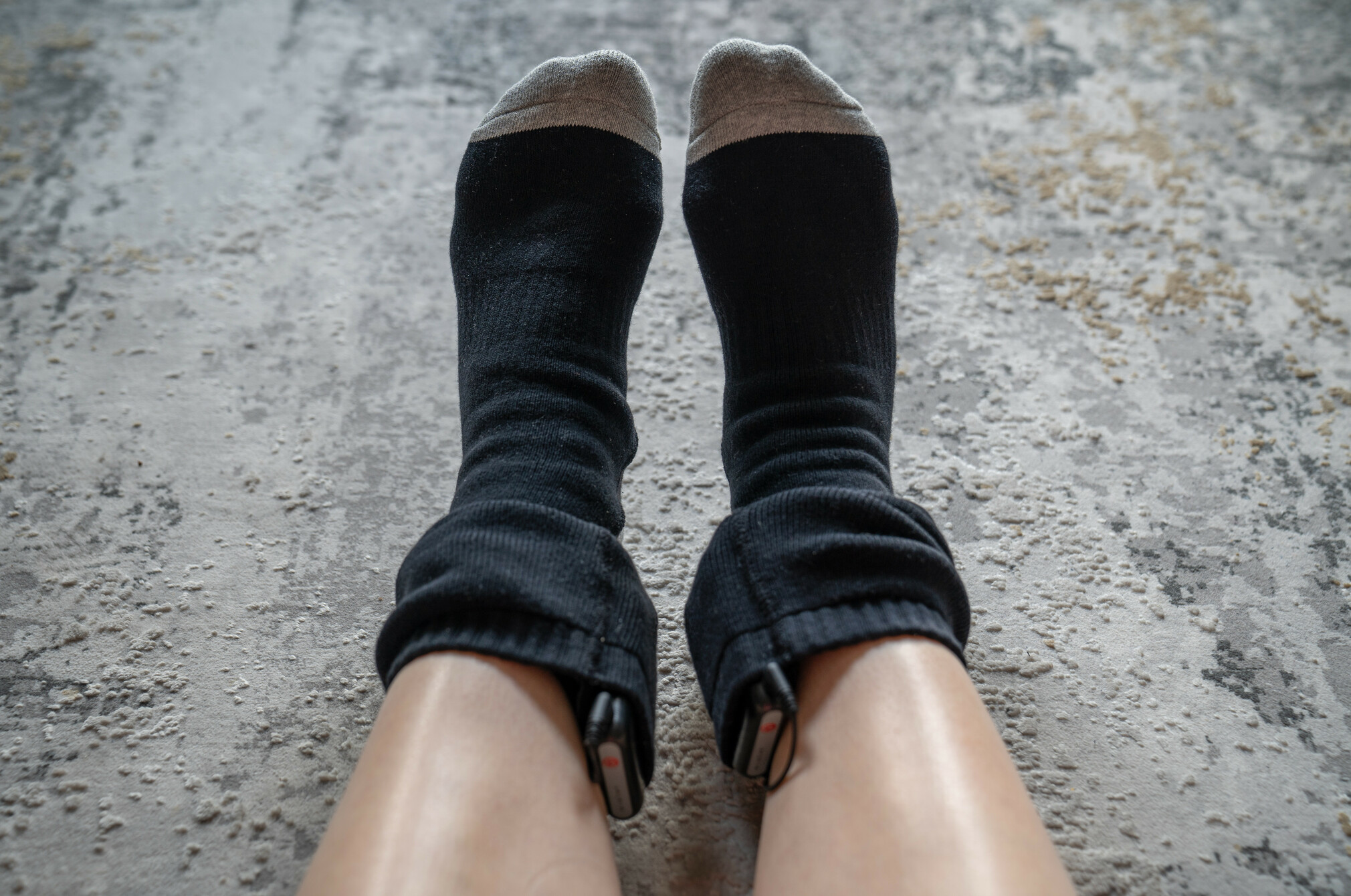How to keep safely warm this winter

There are several products to help keep you warm and toasty this winter, including wheat bags, electric blankets and hot water bottles. But each can pose a fire or injury risk if not used correctly.
Here are our top tips for using winter warmers safely.

Wheat bags
Wheat bags are material bags (usually cotton) filled with grain, such as buckwheat. They can be heated in a microwave and provide warmth and comfort for aches and strains as they are easy to wrap around those awkward sore spots.
But they can cause a fire risk if not used correctly. According to Fire and Emergency New Zealand, wheat bags should not be overheated and should be cooled completely before being reheated. If they aren’t, the contents can ‘superheat’, and a person could be burnt, or the wheat bag’s material could ignite.
Tips for using a wheat bag safely
Choosing a wheat bag
- Choose a wheat bag that includes clear heating instructions and contact details for the manufacturer, either on the packaging or attached to the wheat bag. A wheat bag that states it complies with the AS/NZS 5116:2016 standard means the wheat bag will include information on how to use it safely.
- Don’t use homemade wheat bags. You probably won’t know their moisture content even if you know the volume of grain in the bag, so you won’t be able to calculate the proper heating time.
Using a wheat bag
- Only apply a wheat bag directly to the body. Don’t wrap or cover a wheat bag in blankets, pillows or clothing.
- Don’t buy wheat bags that are wrapped into another product, for example, soft toys with a compartment for the wheat bag.
- Wheat bags need to be kept moist so their grain doesn’t dry out and catch fire. Lightly sprinkle the bag with water or use a water spray bottle. Don’t include a cup of water in the microwave when heating the wheat bag. This can increase the risk of being scalded by the hot water when you remove the bag from the microwave.
- Don’t add fragrant oils to a wheat bag. This may increase the flammability of the contents.
- Check your wheat bag regularly for signs of age and scorching. The wheat filling dries out with age and becomes more combustible.
Heating a wheat bag
- Follow the heating instructions. Never microwave for longer than recommended.
- Don’t leave the microwave unattended while the bag is being heated. Make sure the wheat bag rotates freely on the turntable if the microwave has one.
- Do not reheat a wheat bag that has been heated recently. If you use wheat bags regularly, have two. This will give one bag time to cool while you use the other.
Storing your wheat bag
- Your wheat bag needs to be completely cool before you pack it away – cooling can take up to 2 hours.
- Don’t store wheat bags in a hot place. They can spontaneously heat up and may catch fire.
- If the wheat bag has a burning smell, put it in the sink and run cold water on it until it’s saturated. Let it dry naturally, then throw it away. If the fire is out of your control, phone 111 immediately.

Electric blankets
The most common cause of electric blanket fires is electrical failure or malfunction. That’s why it’s important to get an electric blanket checked by a qualified electrician if you doubt it is safe or it’s more than five years old.
Pregnant women, babies and young children are more sensitive to heat and shouldn’t use an electric blanket.
Tips for using an electric blanket safely
Before fitting an electric blanket
- Check it for damage, especially the power cord around the controller.
- Replace your blanket if it’s got kinks or had anything spilt on it.
- Run your hand over the blanket after it’s warmed up. If there are hot spots, don’t use it.
- Have the electric blanket tested by a qualified electrician if you have any safety concerns.
Using an electric blanket
- Turn off your electric blanket before you get into bed or use an all-night setting.
- Don’t place heavy objects or piles of clothing on the bed while the blanket is on.
- Make sure the cord isn’t twisted and the controller isn’t wedged between the mattress and the base.
- Make sure the blanket is flat on the bed and tightly secured.
Storing your blanket
- Store the blanket rolled up, not folded.
- Don’t store heavy items on it.
Our electric blanket tests have found they are relatively cheap to run. We’ve also found minimal difference in heating performance between cheap and expensive electric blankets.

Hot water bottles
The main safety concern with hot water bottles is the risk of burns from boiling water. The rubber bottle can get very hot, and you can be scalded while filling the bottle or if the bottle leaks while the water is still hot.
All new hot water bottles sold in New Zealand must meet the British standard, BS 1970:2012. This will usually be stamped on the bottle neck. Hot water bottles stamped with the 2001 and 2006 versions of the standard will also be OK to use if the hot water bottle is still in good condition
Tips for using a hot water bottle safely
- Replace any damaged hot water bottle. Look for splits or wear, such as blisters, discolouration or cracked stoppers.
- Never fill your hot water bottle with boiling water. This can cause the bottle to split or leak and cause burns. Very hot water is fine to use.
- Only ever fill your hot water bottle two-thirds full.
- Make sure the stopper is screwed closed firmly once filled.
- Use a cover or wrap the hot water bottle in a towel to help prevent burns.
- You can use a hot water bottle to warm a bed, but remove it before anyone gets in the bed.
- Don’t lie or sit on a filled hot water bottle.

Hand and foot warmers
Hand and foot warmers can be dangerous for people with temperature-regulating medical conditions, like diabetes or heart problems, that affect circulation in the extremities. They also shouldn’t be used on areas with inflammation, wounds, fragile skin or bony areas.
Wired warmers (cable and rechargeable) can cause electrocution if the heating elements or wires become damaged or exposed.
The ones with lithium-ion batteries are also a possible fire risk.
The chemical and crystal warmers come with their own hazards if not used correctly. These warmers are intended to be used where there is restricted oxygen flow (against your hands or in socks). They can become very hot in more oxygen-rich environments, like windy outdoor spaces.
You should never puncture either type of warmer because the contents can be harmful to swallow or inhale or for skin or eyes.
Tips for using hand and foot warmers safely
- Read the instructions carefully, including washing and storage instructions.
- Don’t use them while wearing metal jewellery as they can heat the metal and increase the chances of a burn.
Member comments
Get access to comment